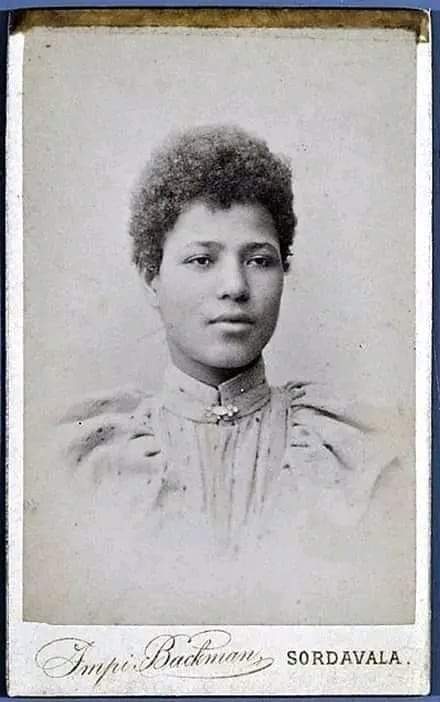Thousands Flee Drought and Hunger in Somalia for Kenya

DADAAB REFUGEE CAMP IN DADAAB, KENYA —
Raho Ali has just arrived from Somalia with four of her children at the United Nations High Commissioner for Refugees (UNHCR) transit area in Kenya’s northern border town of Dadaab.

The 45-year-old mother of seven said the biting drought in Somalia prompted her to flee and seek relief in Kenya. Three of her children got lost following a gun attack on them while on the treacherous journey and she has yet to locate them.
“On our way to Dadaab refugee camp,” she told VOA, “I met with different things. People were dying of starvation and hunger. People were disappearing.” She added that, “I have even lost three of my children on the journey. I don’t know where they are.”
Ali is among tens of thousands flocking to Kenyan camps in a new wave of drought-driven refugees.
The Kenyan government put a ban on the registration of new refugees in the northern border with Somalia, but the UNHCR says it has profiled 80,000 new arrivals in the last few months. Relief agencies say the influx is straining their capacity to help.
Guy Avognon, the head of the UNHCR in Dadaab, said that the wave has “overstretched our work. It has overstretched our resources, because for the moment, this is an operation that is not attracting a lot of donor attention. So, we are providing the barest minimum of assistance that we can.”
Kongani Athanus, health manager for the International Rescue Committee, agreed with him. He explained that, “This population was not planned prior to, like, six-seven months ago. But we’ve seen these cases increase recently, like the past three-four months.”
With a fifth straight failed rainy season, it is feared the drought crisis in the Horn of Africa will only worsen. And with parts of Somalia approaching famine, more refugees are expected in the camps.
Humanitarian agencies say they are worried about the dwindling attention from the international community on the crisis and are appealing for more aid.
“We are making plans for more arrivals,” Avognon explained, “But we appeal to the international community to really pay attention to this side of the world, because there doesn’t seem to be much attention coming our way, probably out of other priorities internationally, including Ukraine. We are feeling it as compared to previous years and previous influxes and previous emergencies where we got more attention than now.”
For the thousands fleeing drought and hunger across the border like Ali, their main goal is simply to get some food and shelter.








